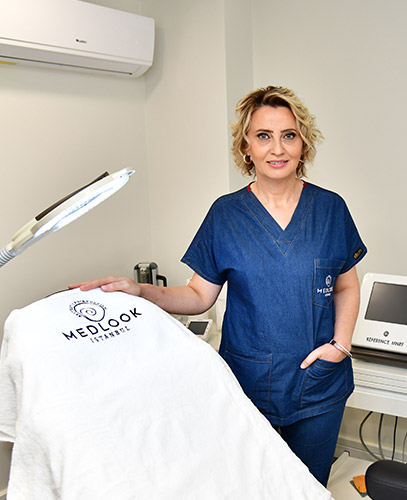Restore Your Hair with Hair PRP Treatment in Istanbul
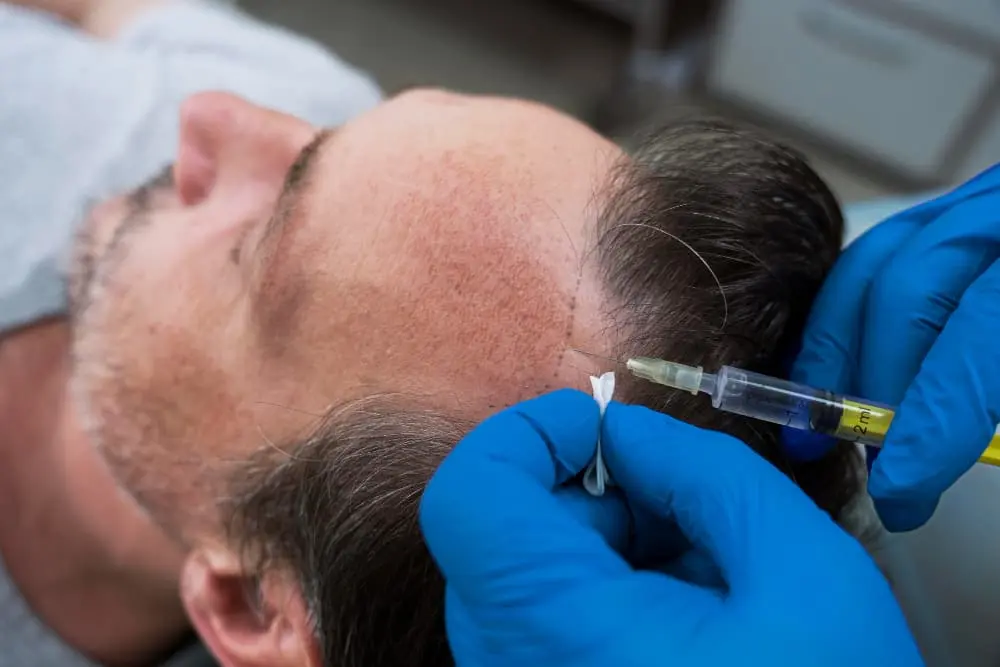
Hair PRP (Platelet-Rich Plasma) treatment is gaining prominence as a cutting-edge solution for hair loss, attracting individuals to destinations like Istanbul, known for its advanced medical tourism. This non-surgical therapy involves extracting a patient’s own blood, processing it to enhance the concentration of platelets, and then injecting it back into the scalp.
The enriched plasma promotes hair growth by stimulating the hair follicles and improving scalp health. Istanbul, with its combination of high-quality healthcare services at competitive prices, has become a sought-after location for those seeking effective treatments. Whether you’re grappling with pattern baldness or thinning hair, Hair PRP in Istanbul offers a promising avenue to restore hair density and confidence.
What is Hair PRP Treatment?
Hair PRP (Platelet-Rich Plasma) treatment is a medical procedure used to combat hair loss and promote hair growth. It involves drawing a small amount of the patient’s blood, processing it in a centrifuge to separate the plasma enriched with platelets, and then injecting this platelet-rich plasma directly into the scalp.
The high concentration of growth factors in platelets is believed to stimulate the hair follicles, enhancing blood supply and increasing the thickness of the hair shaft. This procedure is typically recommended for individuals experiencing thinning hair or hair loss due to conditions like androgenetic alopecia (pattern baldness).
This treatment are non-surgical, require minimal downtime, and are favored for their natural approach, utilizing the body’s own healing mechanisms to improve hair density and health.
How Does Hair PRP Work?
The efficacy of Hair PRP treatment lies in the growth factors released by the platelets, which are crucial for healing and tissue regeneration. When injected into the scalp, these growth factors accelerate the rate of hair growth by stimulating inactive or newly implanted hair follicles into an active growth phase. The platelets also improve blood supply to the hair follicles, increasing the thickness of the hair shaft and enhancing the overall density of the hair. This method is particularly effective in areas of thinning rather than completely bald areas.
Does PRP Work?
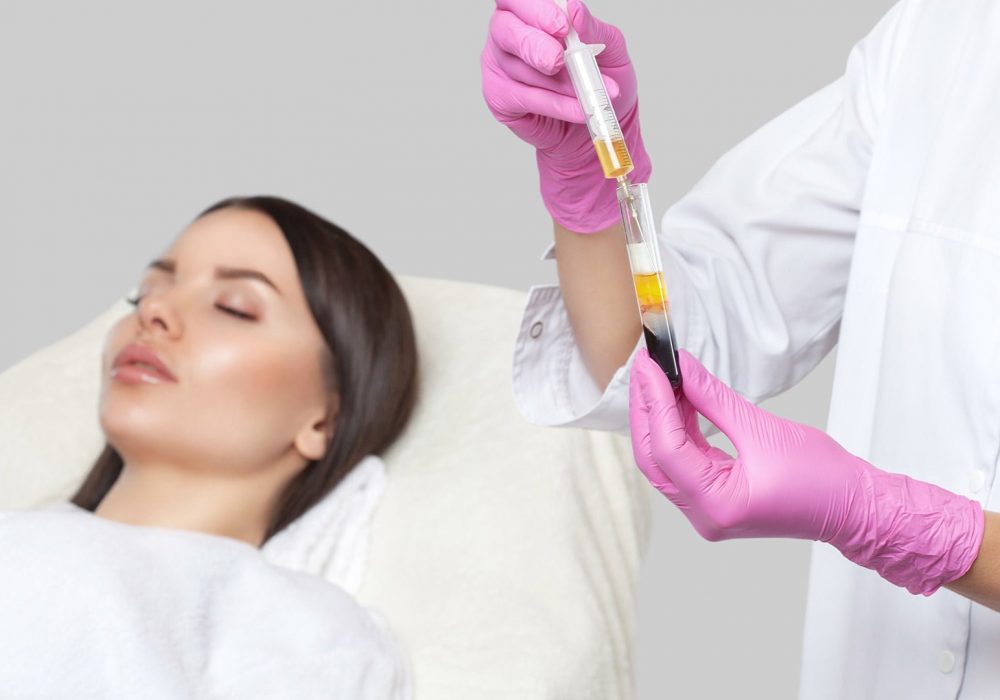
Individual results vary from patient to patient. There is no guarantee of realization, but preliminary studies show that patients may respond to PRP treatment. Some hair restoration surgeons apply process to the scalp every three (3) to four (4) months for patients who are not candidates for surgery. Other protocols will use this methode before or during surgery to ensure graft survival.
Platelet-Rich Plasma is a potentially emerging, non-surgical based treatment for natural hair follicle stimulation for hair loss. Larger clinical studies are pending, but the current medical literature contains many optimistic results. Although few controlled studies exist, anecdotes and case reports are the primary sources reflecting the success of therapy. Istanbul Hair Institute is the most popular destination for hair treatments in Turkey and has performed over 800 treatments.
PRP is a simple and safe procedure that is suitable and effective for both men and women in the early stages of hair loss. Our expert team performs the treatments and visible results begin to be seen within 6 months. PRP can help with:
- Slowing the rate of hair loss
- Regrowing thinning hair to be thicker and fuller
- Boosting the health and condition of the scalp
- Stimulating collagen levels
- Preparing the scalp for hair transplantation & post hair transplantation
Benefits of Hair PRP Treatment
Hair PRP (Platelet-Rich Plasma) treatment offers several benefits for individuals experiencing hair loss, making it a popular choice among both patients and dermatologists. Here are some of the key advantages:
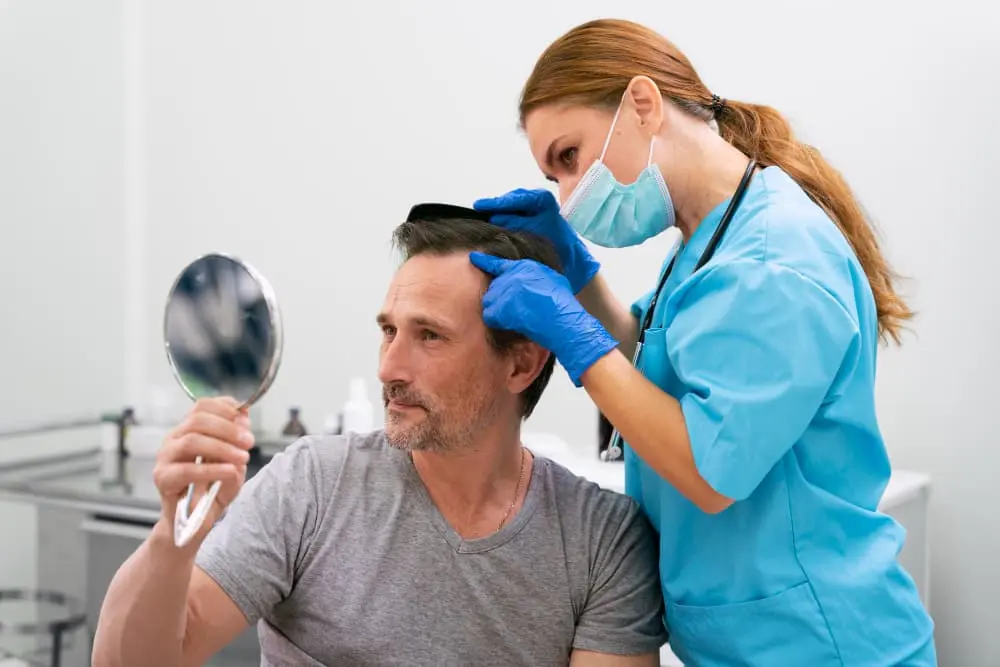
- Natural Growth Stimulation: Derived from the patient's own blood, making it a natural source of growth factors that stimulate hair growth. This can lead to more natural-looking results compared to some other hair restoration methods.
- Non-Surgical Procedure: Unlike hair transplant surgery, injections are minimally invasive and do not require any surgical incisions. This aspect makes the treatment less daunting and more accessible to people wary of more invasive procedures.
- Safe with Minimal Risk: Since PRP is made from the patient's own blood, there is a lower risk of allergic reactions or rejection. Side effects are generally mild and may include temporary soreness or swelling at the injection site.
- Minimal Downtime: Treatment typically require no significant downtime. Patients can often return to their daily activities immediately after the procedure, making it a convenient option for busy individuals.
PRP can be used in conjunction with other hair loss treatments and medications, potentially enhancing the effectiveness of treatments like minoxidil (Rogaine) or finasteride (Propecia).
Overall, treatment is a promising option for those looking to combat hair loss with a procedure that is both effective and has a profile of minimal invasiveness and side effects. However, it’s important for individuals to consult with a qualified healthcare provider to assess their suitability for PRP and discuss expected outcomes.
Who is a Good Candidate?
Good candidates for Hair PRP treatment are individuals experiencing early signs of hair loss or thinning hair. It is particularly effective for those with androgenic alopecia, which is a genetically determined type of hair thinning that typically occurs along the top of the head. In both men and women, the earlier the treatment is started after noticing the hair loss, the more effective it can be.
People who are in good overall health without chronic liver diseases, skin diseases, or blood disorders respond best to the treatment. Those with active scalp infections or on blood-thinning medications may need to address these issues before proceeding.
What to Expect During Hair PRP Treatment
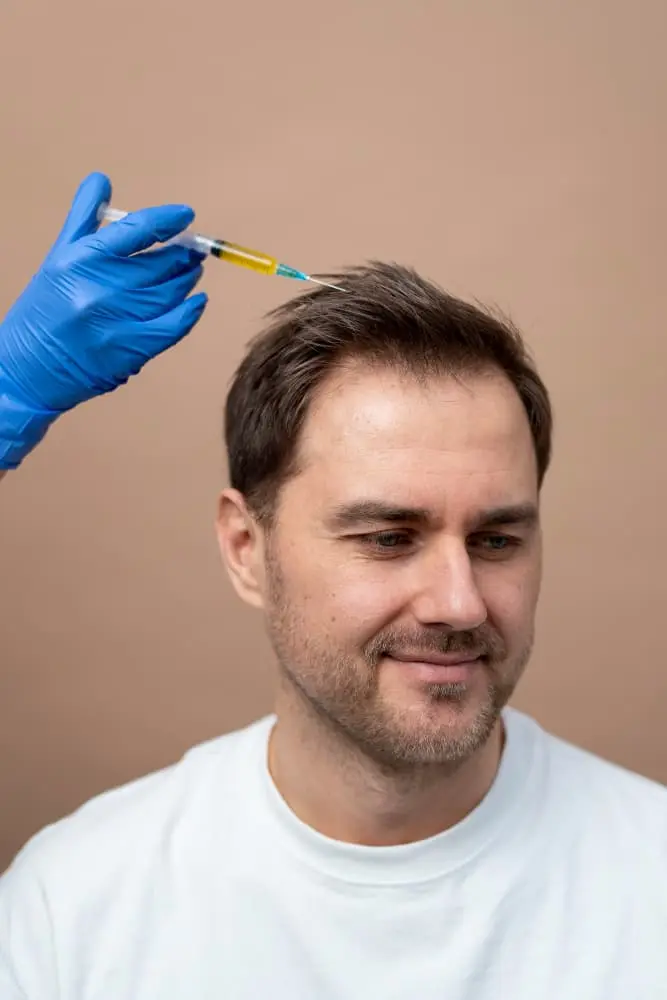
Undergoing Platelet-Rich Plasma treatment typically involves a series of steps, and knowing what to expect can help patients feel more comfortable with the procedure. Here’s a breakdown of the typical Hair PRP treatment process:
- Assessment: The treatment begins with a consultation where a healthcare provider will evaluate your hair loss, discuss your medical history, and determine if PRP is an appropriate treatment option.
- Treatment Planning: If you’re a suitable candidate, the provider will outline a treatment plan, including the number of sessions needed and the frequency of treatments.
Generally, no special preparation is needed. However, some clinics might advise avoiding certain medications like anti-inflammatory drugs before the procedure to enhance the treatment’s effectiveness.
Blood Draw: A small amount of blood (usually about 10-20 milliliters) is drawn from your arm, similar to a routine blood test.
- Centrifugation: The blood is then placed in a centrifuge where it is spun to separate the platelet-rich plasma from other blood components.
- Injection: The PRP is drawn into a syringe and injected into areas of the scalp where hair loss is noticeable. This is done using a fine needle, and multiple injections are made across the scalp.
- Duration: The entire procedure typically takes about 30 to 60 minutes, depending on the treatment area.
- Immediate Aftercare: There might be some mild discomfort, redness, or swelling at the injection sites, which usually subsides within a few days. Ice packs can be used to reduce swelling.
- Activities: Most patients can resume normal activities almost immediately, but it’s often recommended to avoid vigorous activities for at least a day after the procedure.
- Follow-Up Treatments: PRP treatments are usually performed in a series (commonly 3-4 sessions) spaced about 4-6 weeks apart, with maintenance treatments every 4-6 months or as recommended.
- Gradual Improvement: Results vary, but most patients start to see a reduction in hair loss within a few weeks, with noticeable hair growth or thicker hair appearing gradually over the next few months.
- Continual Assessment: Follow-up appointments will be necessary to assess progress and determine the need for further sessions.
Side effects are typically minor and include scalp tenderness, slight swelling, and occasionally a headache. Severe complications are rare when the procedure is performed by a qualified professional.
By setting realistic expectations and following the advised post-treatment care, patients can maximize the effectiveness of their treatments and improve their overall satisfaction with the process.
Hair PRP Success Rate
The success rate of Hair PRP treatment varies but is generally considered effective, especially when performed early in the hair loss process. Studies suggest that most patients experience a reduction in hair loss, along with an increase in hair density and growth after treatment.
The success rate can be influenced by factors such as the individual’s age, overall health, and the nature and extent of their hair loss. Typically, patients see noticeable improvements after a series of two to three sessions, with maintenance treatments recommended periodically.
Hair PRP before and after photos can significantly demonstrate the effectiveness of the treatment by demonstrating visible improvements in hair density, thickness, and overall scalp health.
It typically reveals the progression of hair growth over time, highlighting changes from initial thinning or balding to fuller, healthier hair. It can offer potential patients a realistic expectation of the results that can be achieved through treatment and serve as strong evidence of the potential benefits of this non-surgical, regenerative treatment.
Hair PRP vs. Other Hair Loss Treatments
Hair PRP is one of several options available for treating hair loss, each with its own advantages and disadvantages:
- Medications (e.g., Minoxidil, Finasteride): These treatments are generally less invasive and can be used daily at home but come with potential side effects and require ongoing use to maintain benefits. On the other hand, involves periodic clinic visits and is drug-free, which might be preferred by those hesitant about long-term medication use.
- Hair Transplant Surgery: Hair transplantation provides more dramatic and permanent results compared to this methode. However, surgery is more invasive, requires longer recovery, and is typically more expensive. PRP can be an adjunct to surgery to enhance the results or as a standalone treatment for those seeking less invasive options.
- Low-Level Laser Therapy (LLLT): LLLT is another non-invasive treatment option that involves using laser light to stimulate hair growth. While LLLT can be done at home and is painless, its effectiveness varies and requires ongoing treatment to maintain results.
Compared to these treatments, this methode is advantageous because it is a natural procedure that uses the body’s own cells, has minimal downtime, and lacks the side effects associated with some pharmaceutical treatments.
Hair PRP for Women
This methode is an appealing option for women experiencing hair thinning, particularly those suffering from conditions like androgenic alopecia or other forms of non-scarring alopecia.
Women often benefit greatly from PRP treatments because they typically have diffuse hair thinning, which can effectively target by stimulating hair growth and improving hair shaft quality and thickness throughout the scalp.
Hair PRP for Men
Men with hair thinning and male pattern baldness can also benefit from treatment. Men often notice hair loss at the temples or on the crown of the head, and treatment can be effective in these areas by stimulating the hair follicles to enter and prolong the growth phase of the hair cycle.
It serves as a useful treatment alternative or supplement to other treatments like minoxidil, finasteride, or hair transplantation, offering a non-surgical option with natural results.
Hair PRP in Istanbul Hair Institute
Treatment is available at many dermatology and hair restoration clinics worldwide. It’s important to choose a reputable provider who has experience in administering and who can show a track record of successful patient outcomes. Choosing the Istanbul Hair Institute for your PRP treatment comes with numerous benefits:
- Expertise: Dr. Handan Yavuz, a highly qualified specialist in hair restoration, leads a team of certified professionals at the clinic. Her extensive experience and advanced techniques ensure high-quality results that look natural.
- Holistic Approach: The clinic not only focuses on the treatment but also on understanding the underlying causes of hair loss, providing a comprehensive approach to ensure effective and lasting solutions.
- Patient-Centric Services: The Istanbul Hair Institute is known for its outstanding patient care, providing clear communication, and personalized treatment plans. They prioritize patient satisfaction, offering services in a luxurious and comfortable setting.
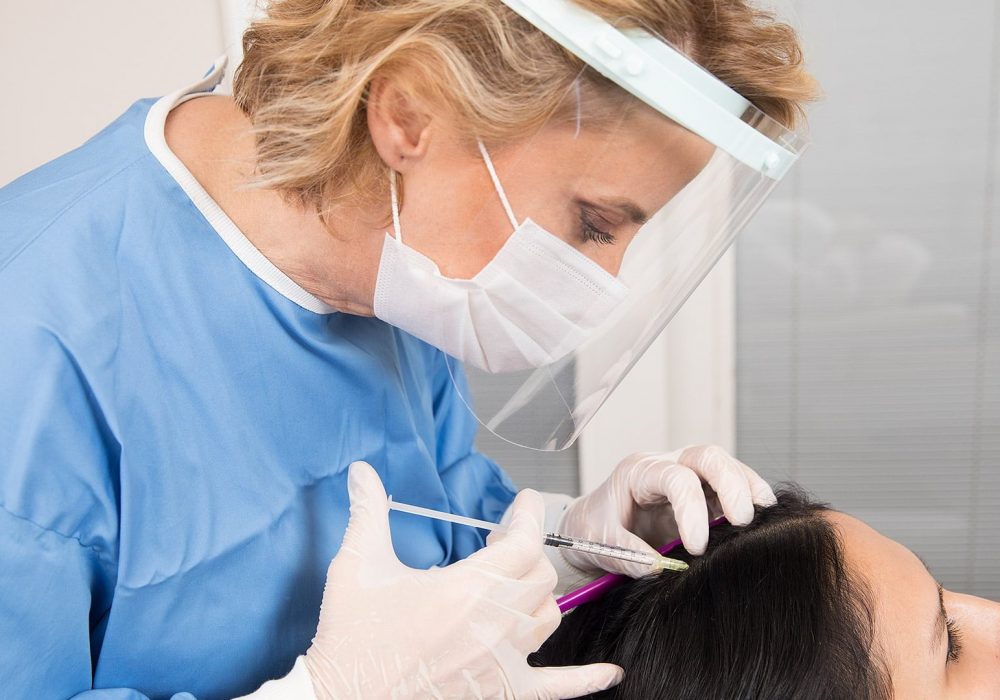
Applying PRP by this method, you can start to see results after 1 session!
- First, we applied anesthetic cream and wait 20 minutes. In this way, our patient feels minimum pain during the application.
- We draw blood (total 20 ml) from the patient via a special kit and centrifuged it.
- Dr. Handan Yavuz applies PRP with dermapen. It takes 15-20 minutes.
- After dermapen, plasma injected with needles that are proper for the patient’s skin (needles must be the right diameter and length for each patient). This step takes 15-20 minutes.
- The last step is electroporation application. Electroporation application; ensures the absorption of the entire PRP product in the scalp. And also it accelerates the transition of hair to the growth phase.
Hair PRP Cost in Istanbul
The cost of Hair PRP treatment in Istanbul is quite competitive, especially when compared to Western countries. While specific prices for platelet rich plasma alone weren’t detailed, the cost for combined treatments like FUE hair transplantation with PRP varies from $1,500 to $4,000. This range typically includes the entire procedure along with necessary pre– and post-operative care, reflecting Istanbul’s affordability in the medical tourism sector. You can contact us to get the most up-to-date price information and information about our packages.
Things to Do in Istanbul After Treatment

Istanbul offers a rich tapestry of cultural and historical experiences to enjoy while you recover from your treatment. Here are a few recommendations:
- Visit Historical Sites: Explore the Hagia Sophia, Topkapi Palace, and the Blue Mosque, which offer insights into Istanbul’s rich history and stunning architecture.
- Shop at the Grand Bazaar: Experience the vibrant colors and myriad of sounds at one of the largest and oldest covered markets in the world where you can find everything from spices to jewelry.
- Relax by the Bosphorus: Take a ferry ride or enjoy a leisurely meal at a café along the Bosphorus Strait, offering splendid views and a refreshing atmosphere.
- Relax in a Turkish Bath (Hamam): Treat yourself to a traditional Turkish bath experience to unwind and rejuvenate. Many hamams offer various services including massages and exfoliation treatments.
- Shop and Dine in Beyoğlu: Explore the trendy neighborhood of Beyoğlu, home to Istiklal Avenue, a bustling pedestrian street lined with shops, cafes, and restaurants. Don't miss out on trying local delicacies like Turkish delight and baklava.
- Take a Culinary Tour: Embark on a culinary adventure to sample Istanbul's diverse cuisine. Join a guided food tour to taste authentic Turkish dishes such as kebabs, mezes, and Turkish tea or coffee.
These activities are not only enjoyable but also provide gentle, relaxing experiences that are perfect for recuperation after a medical treatment. Remember to consult with your healthcare provider about any post-treatment care instructions and avoid any activities that may compromise the success of your treatment.
FAQ
The treatment involves extracting a small sample of your blood, processing it to enrich the plasma with platelets, and injecting this concentrated plasma back into your scalp. This process aims to stimulate hair follicles by increasing blood supply and nutrients, potentially leading to increased hair growth and thickness.
Hair PRP treatment is celebrated for its non-surgical approach to enhancing hair density and promoting scalp health. Benefits include minimal recovery time, natural growth stimulation, and a low risk of allergic reactions, as the procedure uses the patient’s own biological material.
Ideal candidates include individuals experiencing early stages of hair thinning or those with active but weakened hair follicles. Healthy individuals with realistic expectations about the outcomes are best suited for this treatment.
During treatment, expect a quick and relatively comfortable procedure starting with a blood draw, followed by centrifugation to obtain PRP, and concluding with scalp injections. The entire session typically lasts about an hour.
The side effects of Hair PRP treatment are generally mild and can include temporary scalp tenderness, swelling, or bruising at the injection sites. These symptoms typically resolve within a few days without additional intervention.
Results from treatment can vary, but many patients notice a reduction in hair loss and visible hair growth within three to six months after beginning treatment, depending on the individual’s hair cycle and the severity of their hair loss.

